photographic project | 2013
Die Fotoarbeit Schmuckstücke/Gems zeigt Plastikfundstücke, die am Strand angespült wurden.
Seit circa 100 Jahren hat die Erfindung des Kunststoffes unser Leben stark verändert, wie kaum eine andere Erfindung. Plastik ist einer der häufigsten eingesetzten Verpackungsmaterialien. Ein Leben ohne Plastik wäre zum derzeitigen Zeitpunkt wohl nicht denkbar. Interessant ist der Aspekt, dass es den Rohstoff zur Herstellung nicht ewig geben wird und gleichzeitig wird sehr verschwenderisch damit umgegangen. Plastik ist gestalterisch ein unglaublich vielseitiger und attraktiver Rohstoff, dessen Gefahren erst langsam ins Bewusstsein rücken. In manchen Meergegenden ist der Anteil an durch die Brandung fein vermahlenen Kunststoffpartikel bereits auf ein Drittel des Planktons gewachsen.
Kunststoff ist längst in unserem Nahrungskreislauf vertreten, sogenannte weiche Kunststoffe (Plastikflaschen) enthalten hormonaktive Substanzen. Studien deuten auf einen Zusammenhang vom Bisphenol A und Unfruchtbarkeit bei Männern sowie anderer Zivilisationskrankheiten; in 89 Prozent von Urinproben ist dieser Weichmacherbestandteil nachweisbar.
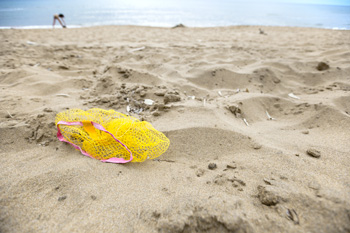
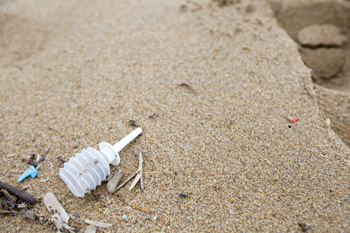
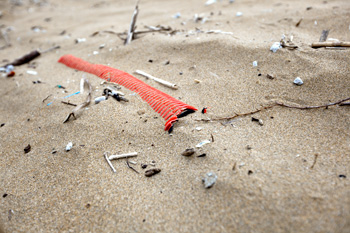
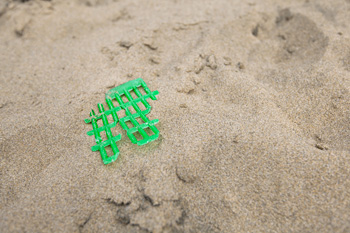
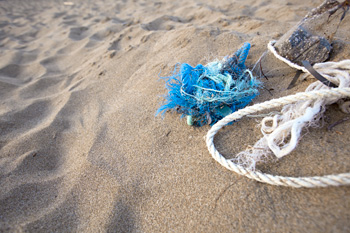
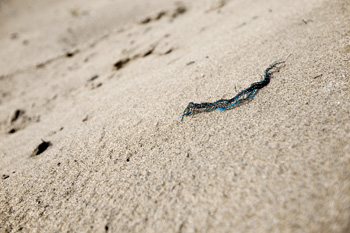
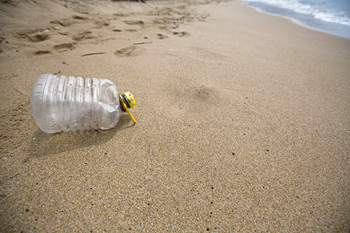
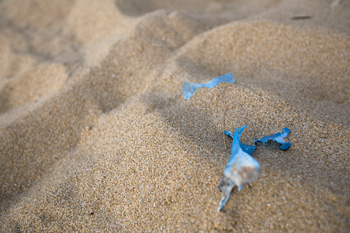
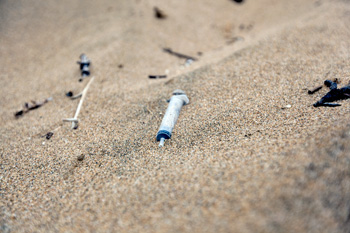
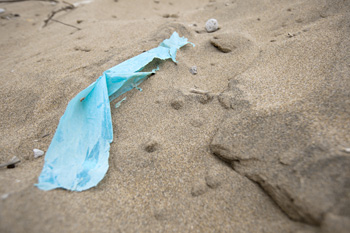
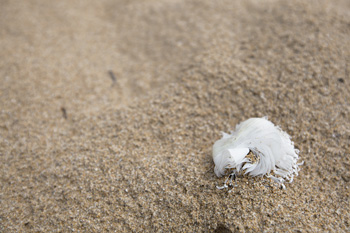
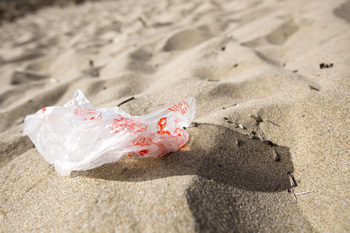
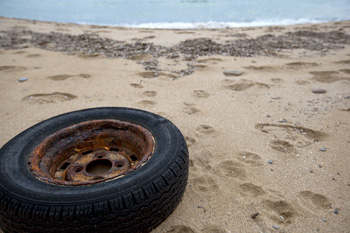
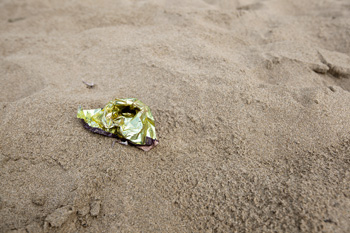
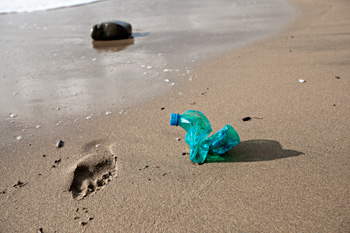
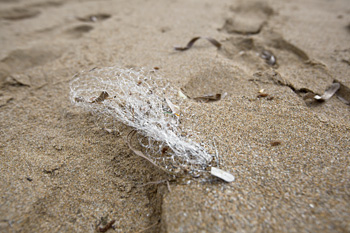
a series of 20 photos
Schmuckstücke/Gems shows pieces of plastic found washed-up on the beach.
The invention of plastic has impacted on our lives like hardly any other over the past 100 years. Plastic is one of the most widely used packaging materials. Life without plastic would be inconceivable today. An interesting aspect is that this raw material will not always be available, although despite this it is treated wastefully. Plastic is incredibly versatile and easy to form, an attractive raw material the dangers of which are only now slowly being appreciated. There are large areas where the fine plastic dust ground by the tide already covers a third of the ocean floor.
Plastic has long entered our food cycle, so-called ’soft plastics‘ (plastic bottles) contain endocrine disruptors which interfere with our hormone balance. Studies suggest a connexion between Bisphenol A and sterility in men, as well as other lifestyle diseases; according to one study, 89 percent of urine samples contain traces of this softening agent.
Der Grabber ist ein Spielgerät auf Jahrmärkten, wo mithilfe eines Miniaturgreifarms Schmuckstücke o.ä. aus einem Pool gefischt werden können. Je nach Geschick kann nach dem Einwerfen einer Münze damit ein kleiner Gewinn oder Verlust erzielt werden. Der ausgestellte Grabber wird mit Müllobjekten wie verbeulte Aludosen, Plastikflaschen o.ä. befüllt, die ästhetisch reizvoll sind und durch die neue Art der Präsentation etwas begehrenswertes bekommen.
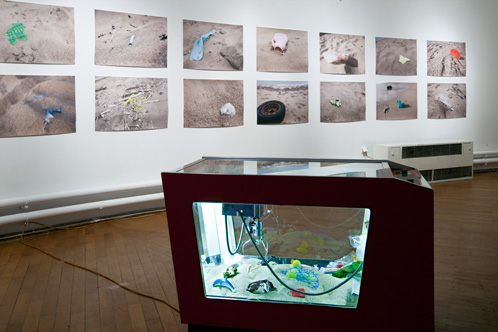
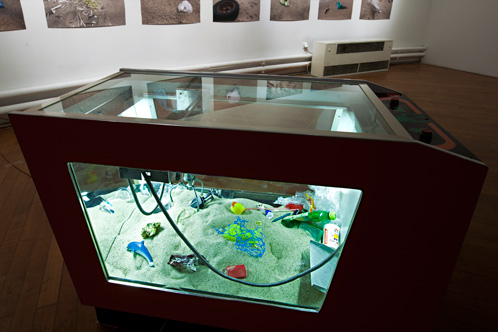
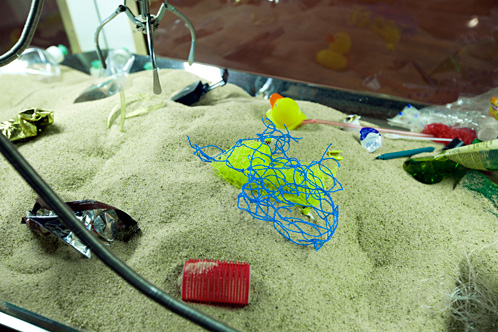
The Grabber is a fairground stand where one fishes in a tank for trinkets with a miniature grapple. Users insert a coin, and make a small profit or a small loss depending on their level of skill. The Grabber is filled with items of trash, such as dented aluminium cans, plastic bottles, and similarly aesthetically attractive objects, rendered desirable by the form of display.
<< back